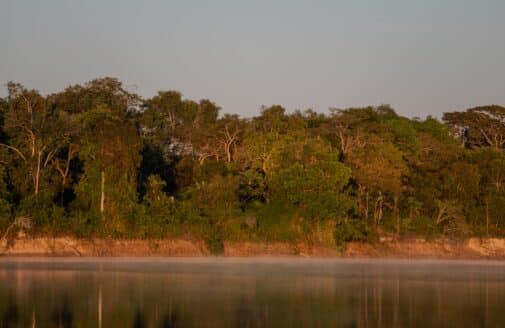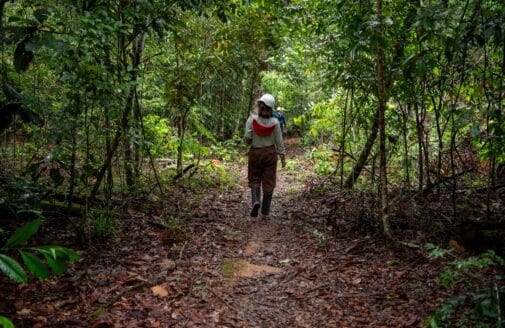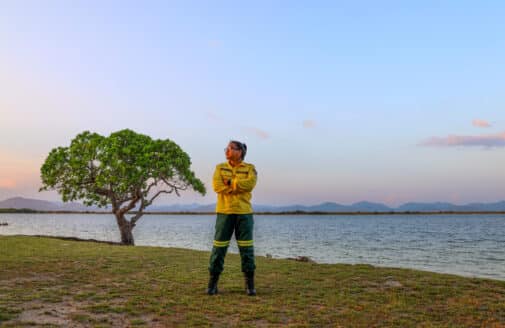Climate change leaves tropical forests prone to fire-fueled degradation
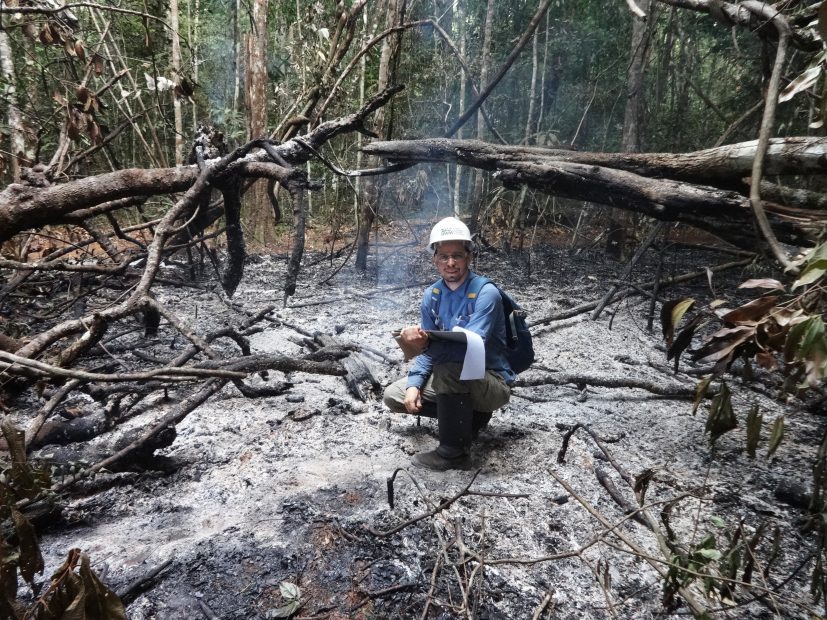
Above: Dr. Paulo Brando
A team of scientists from Woodwell Climate Research Center and IPAM Amazonia have spent 14 years studying forests and fire at the Tanguro ranch research station in the Brazilian Amazon, finding climate changes are making it harder to recover from fires.
Agriculture, logging and development threaten forests around the world, and climate change hampers their ability to recover. A 2015 Woodwell Climate study showed climate change is expected to increase the frequency and intensity of disturbances such as windstorms and droughts. More frequent disturbances would hinder recovery of biomass and biodiversity, especially in landscapes becoming more fragmented by deforestation.
Researchers at Woodwell Climate and IPAM Amazonia produced a first-of-its-kind study detailing how long it takes neotropical forests to bounce back from fires—a key stress for forests worsened by global warming-fueled droughts. It shows that the cycling of carbon and water between forest and atmosphere recover to pre-fire levels within seven years, but that the forests themselves continue to decline—with large older trees still being lost and replaced by young fast-growing species.
Above: Tanguro Ranch in Brazil
The team examined post-fire dynamics in a set of tropical forest plots that were experimentally burned from 2004 to 2010 (one burned every year, one burned every three years, and one unburned control plot), then damaged by a windstorm in 2012. Using two 100-foot flux towers, scientists measured how forest recovery influenced carbon emissions and absorption and water cycling. They also used LiDAR (light detection and ranging) to measure tree height and size.
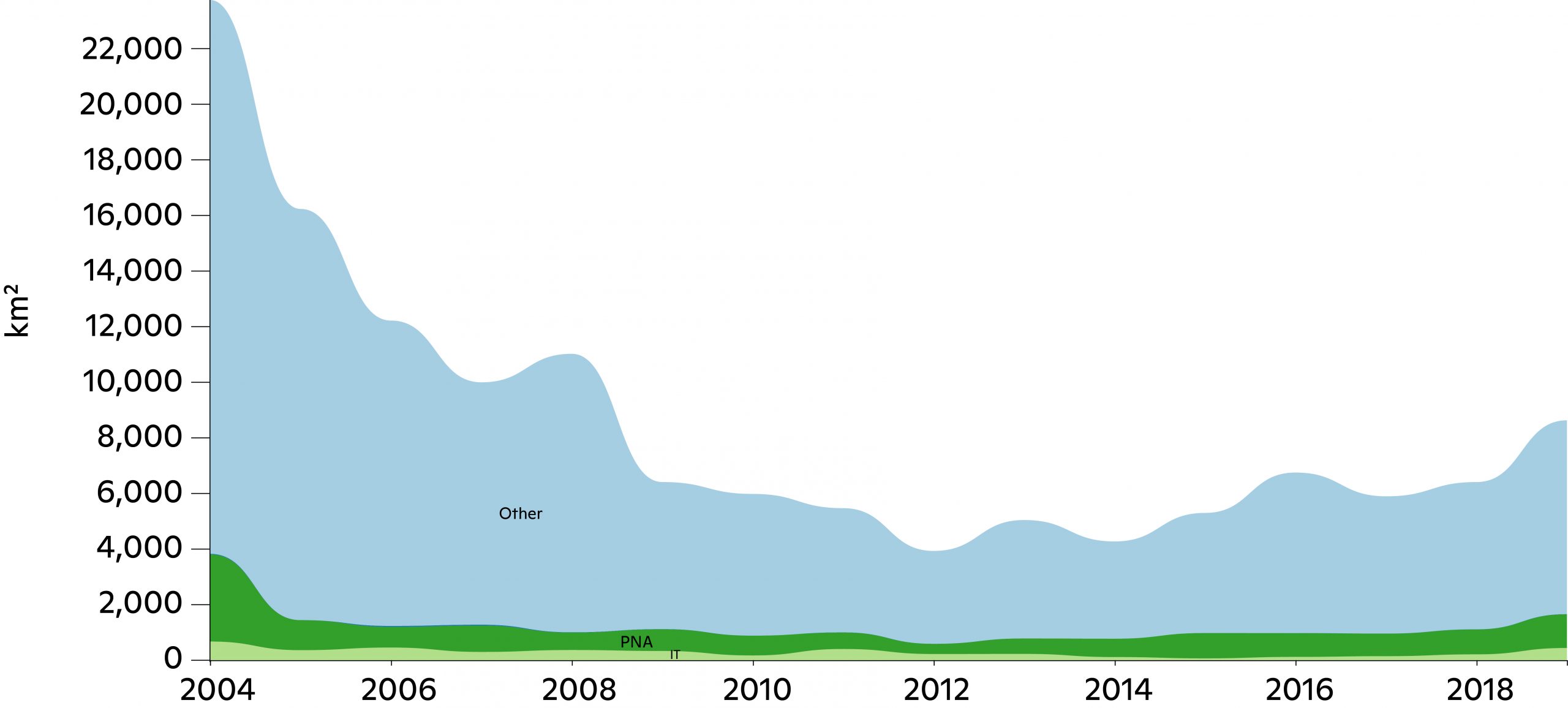
Above: Deforestation in protected natural areas, indigenous territories, and other lands in the Brazilian Amazon (Greg Fiske)
A decade after the final burn, the forest plots remained degraded. Not only was total tree biomass reduced, but the plots remained vulnerable to wind damage, especially on the edges. That’s a critical factor as deforestation cuts more edges into the forest canopy. Grasses also invaded the tree plots, leaving them even more flammable and vulnerable to long-term forest deterioration.
The Amazon has already lost 800,000 square kilometers of forest, an area equivalent to 1/10th of the continental United States, much of it to intentional burning to clear land for agriculture.
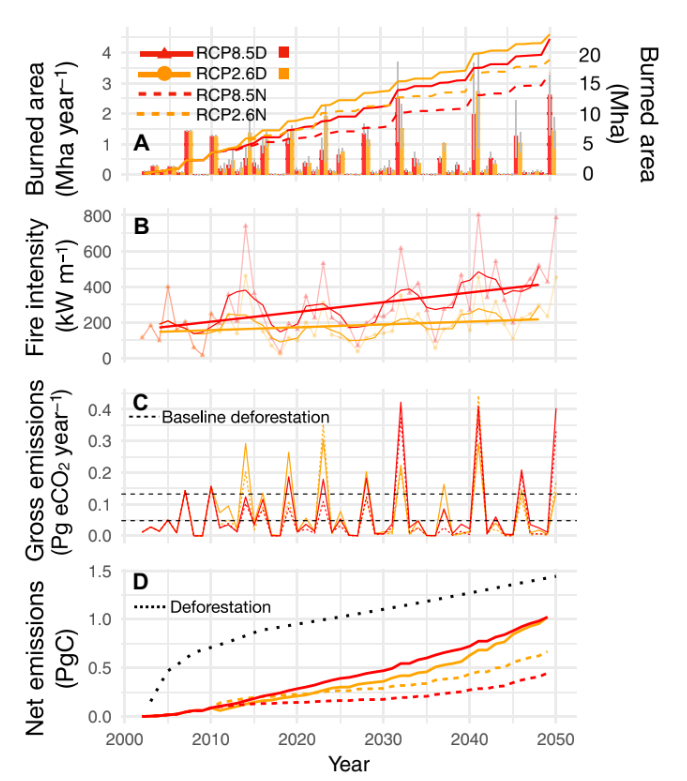
“We found evidence that net carbon exchange and evapotranspiration had recovered, but the forest struggled to regain its original biomass, carbon stocks, and total canopy,” said Woodwell Climate adjunct scientist Dr. Paulo Brando. “We’ll need more time to learn whether the plots will fully recover, or if a tipping point has been reached, pushing the forest into more of a forest-grassland hybrid.”
The Amazon has already lost 800,000 square kilometers of forest, an area equivalent to 1/10th of the continental United States, much of it to intentional burning to clear land for agriculture. Woodwell scientists are continuing to study forest regrowth to help tropical countries achieve their climate goals to maintain and restore forest carbon stocks in protected forests, indigenous reserves, and private properties, as well as protecting biodiversity and forest ecosystem services.
Support our cutting-edge Amazon science with a contribution to the WHRC/IPAM Amazon Fund.




